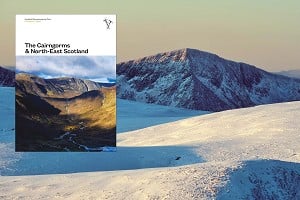
In this review UKC regular Andy Birtwistle takes a look at the new edition of Eastern Grit, written by Chris Craggs, and published by UKC's sister company ROCKFAX.
My first forays onto Peak Grit were back in 1982 a number of years after I started climbing. Living in Newcastle in those days, Northumbrian fell sandstone was the canvas of rock I learned to climb on and journeys further afield were to the mountain crags of the Lakes, Wales and Scotland. It was quite late in the day when I eventually made it to the Peak to climb on the gritstone edges, ticking routes such as April Crack, Black Slab and Inverted V at Stanage and a few months later Three Pebble Slab and Valkyrie at Froggatt. I discovered that I loved climbing on grit, the texture, the movement and the fact that it made you climb well or spat you off! In those days the only compilation guide was Paul Nunn’s Rock climbing in the Peak District, a hardback mish-mash of limestone and grit with grades such as XS 5c and black and white photo-topos of dubious use where finding the buttress never mind the route line was a major expedition. How things have changed.
Peak Gritstone East published in 2001 was the first Rockfax guide to cover this popular area and, as mentioned in the introduction to this guide, it proved to be a sea change in the way climbing guides were produced. By dispensing with traditional layouts, and focusing on photo diagrams and lots of colour photographs, the 'Rockfax style' has become an extremely popular way of finding ones way around the crags. The 2006 guide upped the ante but now, if Stanage and the outlying escarpments are the Promised Land for grit addicts, then this new publication is surely their Bible.
This truly is a monstrous tome and my only gripe would be that you need a bigger sack simply to carry it but thankfully most of the walk ins are short. So what is it that’s new in this latest offering? We are all now familiar with the Rockfax format and every climber probably has at least one in their library. Clean, colourful and user friendly, they are great to browse through at home and their simplicity of layout makes finding your route a doddle. What stands out in the latest book is the sheer quality of crag and action photographs. This has been achieved by using a 24 megapixel camera (the first book was 3) and boy does it show! Each crag has been re photographed and all bar two photo-topos are new providing stunning detail. Layout has been enhanced to an extent that now it would be extremely difficult not to find a line on any section of the crags.
The quality and diversity of action photographs is inspiring with a few flyers frozen in mid-air providing heart stopping moments. I’m tempted, tongue in cheek, to favour the one of Left Unconquerable on P211 but 70 year old Gordon MacNair cruising Cave Arete gives us all hope and the intense concentration of Neil Kershaw gripping the pebble on Beau Geste provides the spice. In truth there are a few mediocre shots and in my copy the photo-topo of Baslow P447 is slightly out of focus but hey this is nit picking as the only way they stand out is that the others are so good. The real show stealer though is Dan Arkle demonstrating a sequence of unlikely hands off rests on The Rasp at Higgar Tor, so no excuses for pumping out from now on.
The guide as expected follows the tried and trusted Rockfax formula working its way from Wharncliffe in the north to the outlying Shining Cliff in the south. Tick lists abound for the trainspotters amongst us, with a top 50/ 500, Peaks and Pinnacles and many more, (28 altogether) with even a graded list of ticklists!
In the past I have had a problem or two with the Rockfax commercial professionalism competing with small voluntary Club based guide production in a certain area. In this case all the definitive guides by the BMC have been out for a while and like many I tend to buy both. Either way a compromise appears to have been reached where both now live quite happily side by side, which can only benefit the climber. For the local or visitor this is a welcome addition and upgrade, raising the bar even further in quality, detail and layout. Chris Craggs the author and his team have to be thoroughly congratulated for a superb piece of work.
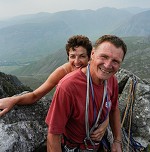

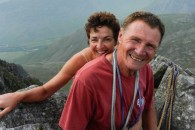

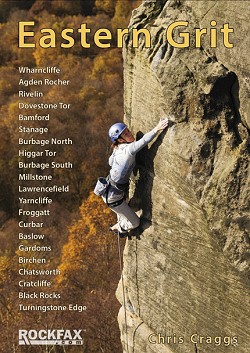

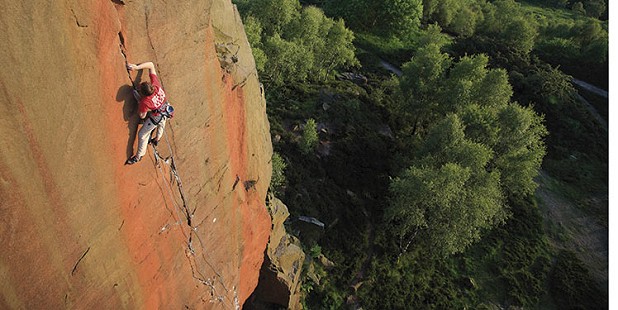

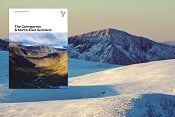
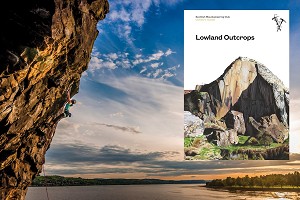
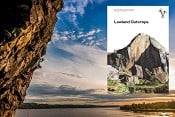



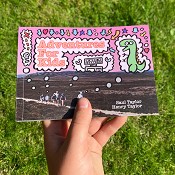
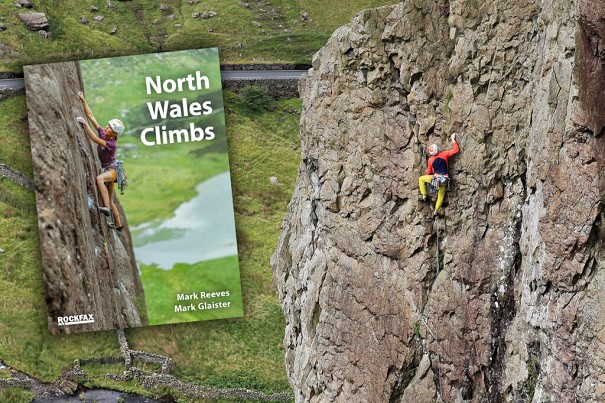
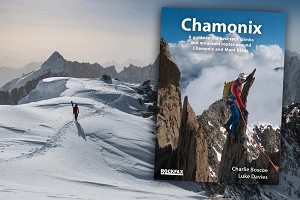
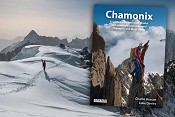
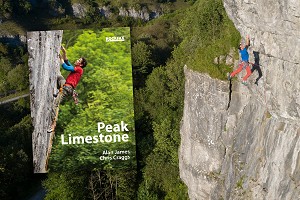


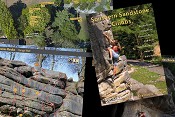
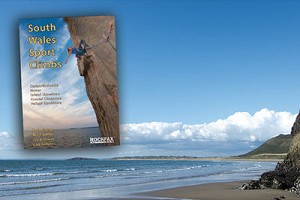
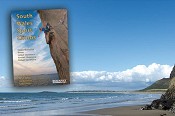
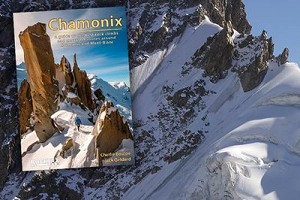

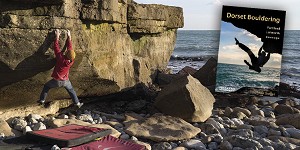

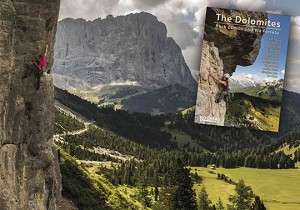
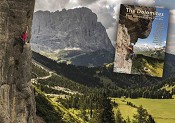


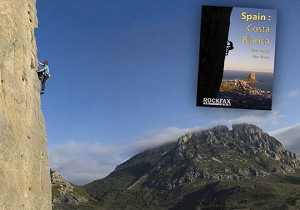
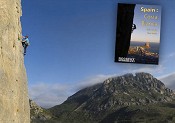
Comments